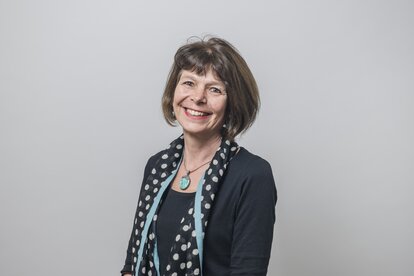Lying at an altitude of over 4,000m, the Andean Altiplano during the dry season (May to October) is beautiful but desolate: a landscape of yellows, browns and greys, dotted with grazing llamas and alpacas. It is these animals, of course, that form an essential part of the livelihood strategy of local communities – supplemented by subsistence crops during the main period of rains (November – March). Unpredictable weather patterns, widely attributed to climate change, mean that crop yields are increasingly poor, and food security is perilous – especially given that the cultivation of the traditional, protein-rich, grains of quinoa and cañahua has largely given way to the potato. Food security is here taken to mean (as first defined at the World Food Summit, 1996) “a situation in which all people at all times have physical, social and economic access to sufficient, safe and nutritious food to meet their dietary needs and food preferences for an active and healthy life”.
The other important source of livelihood on the Altiplano is remittances from family members who migrate elsewhere for wage labour; without this cash injection, survival would hardly be possible. The absence of young men and women on migration was very evident when, as participants at a recent workshop in Bolivia (mentioned in a previous blog), a group of us had the occasion to visit the Coro Coro district in the Pacajes region of La Paz. We were there to learn about a small Helvetas-supported project working in partnership with the local NGOs PROSUCO and PROINPA to promote food security and climate change resilience. Activities are conducted in collaboration with the indigenous organisation Jacha Suyo Pakajaqi. The project intervenes at three levels: production, processing, and the wider institutional setting. Production concerns the introduction of new and/or improved varieties of potato, quinoa and cañahua that are better adapted to changes in rainfall patterns. This is coupled with better techniques for managing pests and soil fertility. Men and women farmers have been encouraged to test these on their own plots, selecting the best for their purposes. Processing innovations include ways of incorporating protein-rich quinoa grains into cakes, breads and drinks for home consumption – as well as for sale in the local weekly market. As for the institutional setting, his entails in part a strengthening of the local community organisations, but is more a matter of working with municipal authorities to support the agricultural sector and to spread awareness of the nutritional value of different foods.
As indigenous Aymara, the people of Pacajes have a view of complementarity between men and women, chacha warmi, that is based on clearly defined gender roles. The Jacha Suyu Pakajaqi upholds this in its leadership structure, under which a man is elected as a leader, and his wife automatically becomes the women’s leader. This system is respected by the project. At the same time, all quinoa processing activities are coordinated through a smaller, membership-based organisation, made up of interested individual women and men resident in the community (ie. non- migrants). The leader is a woman, and the deputy an (unrelated) man. It was explained with some insistence that within this group, men and women share tasks – there are no gender-assigned roles.
As outsiders, we wondered about the sustainability of interventions, and whether the apparent project-induced gender awareness was truly felt. (The economists in our group immediately started analysing the investment and income from market sales – though this was in fact a relatively minor part of the project). On a short visit such matters are very difficult to gauge, but we had with us the Project Manager, Dr Vivian Polar, a senior agronomist working for PROINPA. Vivian emphasised the degree to which adequate nutrition had become a major concern, and the significance of quinoa consumption – once the most widely grown crop in the area, but almost absent when the project started – as both a source of protein and ethnic identity. She also pointed out the way that engaging men and women in all activities has both broken down strict divisions between “men’s work” and “women’s work”. At the same time, mutual understanding has been reinforced – which has nicely given a new perspective to the complementarity of chacha warmi.


